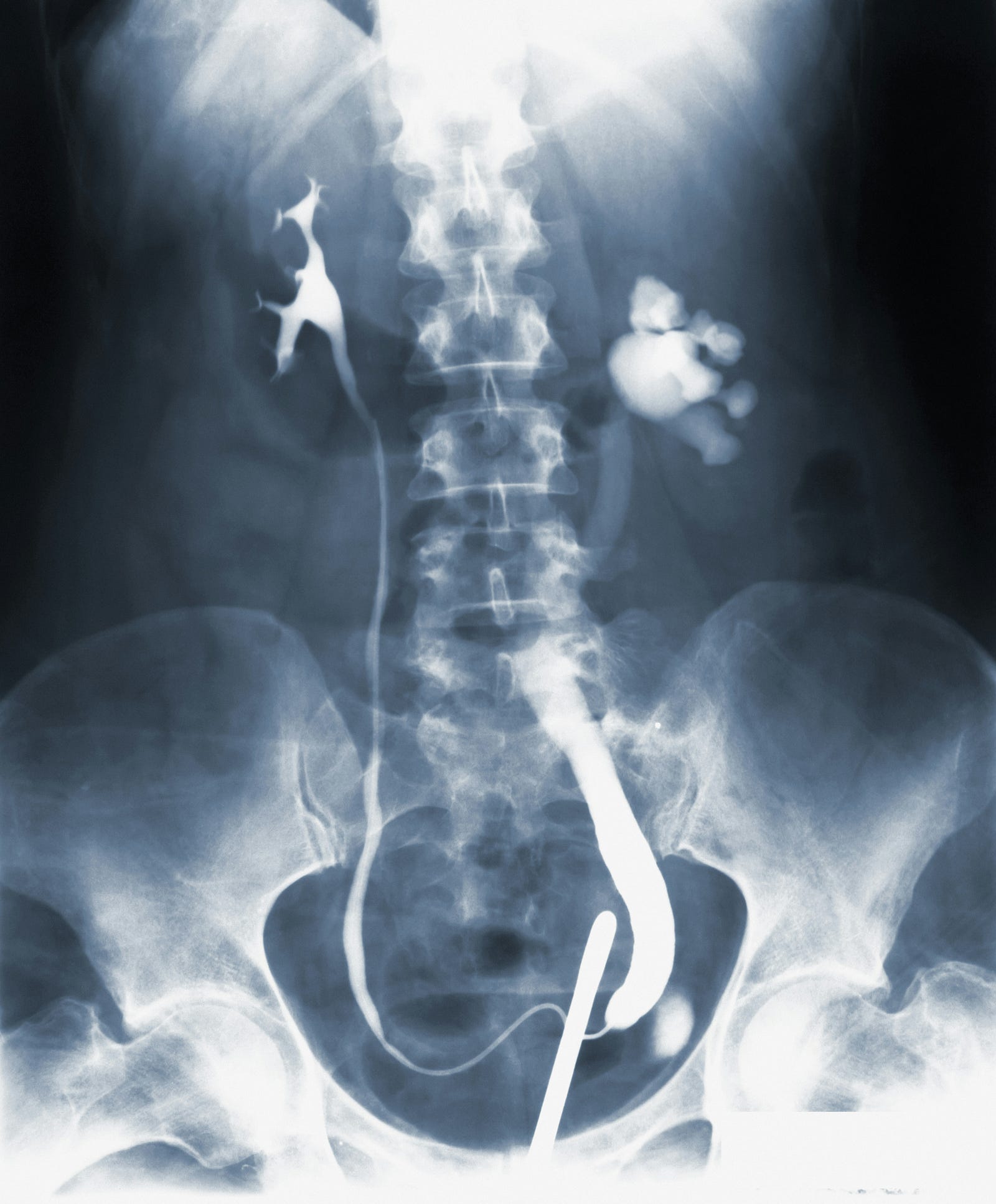I AM GOING TO BEGIN WITH A QUIZ ABOUT the exercise amount you need to do weekly to shield against kidney disease and neuropathy. Today, I’ll show you a relatively easy way to reduce kidney disease risk.
I frequently write about the health benefits of walking. However, I was surprised to learn that moving can reduce kidney disease and nerve damage-related symptoms.
What is the minimum number of hours per week of walking time that significantly reduces kidney disease and neuropathy risk in patients with type 2 diabetes?

At least 15 hours per week? Seven? Thirty minutes daily? Or less than 1.5 hours weekly?
The answer will surprise you.
My Goals
In this article, we’ll explore the surprising health benefits of walking and how it can reduce the risk of kidney disease and nerve damage-related symptoms in patients with type 2 diabetes.
I’ll begin by sharing poet Robert Frost’s perspective on walking before delving into the basics of kidney disease and neuropathy.
Next, I’ll examine a recent study that sheds light on how walking can reduce the risk of kidney disease or neuropathy.
By the end of this article, you will have a better understanding of the importance of physical activity for your overall health and well-being.

Robert Frost on Walking
I love celebrated American poet Robert Frost’s take on walking, as expressed in his poem A Late Walk:
“When I go up through the mowing field,
The headless aftermath,
Smooth-laid like thatch with the heavy dew,
Half closes the garden path.
And when I come to the garden ground,
The whir of sober birds
Up from the tangle of withered weeds
Is sadder than any words.
A tree beside the wall stands bare,
But a leaf that lingered brown,
Disturbed, I doubt not, by my thought,
Comes softly rattling down.
I end not far from my going forth
By picking the faded blue
Of the last remaining aster flower
To carry again to you.”
Kidney Disease Basics
Kidney disease involves damage to the bean-shaped organs in the upper belly.
The kidneys cannot filter blood as efficiently as they should.

This impairment can cause excessive fluids and waste to build up in the body, leading to health problems.
Kidney disease types include the following:
- Acute kidney injury
- Chronic kidney disease
- Other conditions affecting the kidneys
Kidney Disease is Relatively Common in the U.S.
The U.S. Centers for Disease Control (CDC) explains that approximately 15 percent of adults in the United States — that’s 37 million of us — have chronic kidney disease.
Moreover, millions more are at risk because they have risk factors such as high blood pressure, diabetes, or a family history of kidney disease.
Chronic kidney disease can sometimes progress to kidney failure, requiring dialysis or a kidney transplant for survival.
Fortunately, early detection and management of kidney disease often help individuals avoid complications.
Kidney Disease, Neuropathy, and Retinopathy
A UK Biobank cohort study examined leisure-time physical activity and the risks for kidney disease, neuropathy, and retinopathy.
Peripheral neuropathy occurs when the nerves outside the brain and spinal cord (peripheral nerves) are damaged.
This condition often causes weakness, numbness, and pain, usually in the hands and feet. Peripheral neuropathy can also affect other areas and body functions, including digestion and urination.

Retinopathy is the leading cause of preventable blindness, according to the American Diabetes Association.
The retina is a light-sensitive tissue in the back of the eye. Retinopathy is damage to the retina’s blood vessels.
Reduce Your Kidney Disease Risk by Walking
Here are the main takeaways from the UK Biobank study:
Any level of physical activity was associated with a lower risk for kidney disease and neuropathy (but not retinopathy).
The association appeared stronger in males. It was also weaker in those with retinopathy.
Other recent research showed moderate to vigorous physical activity over 150 minutes per week dropped diabetes-related small blood vessel (microvasculature) complications, including retinopathy.
Final Thoughts – Reduce Your Kidney Disease Risk
Did you get the quiz question right?
What is the minimum number of hours per week of walking time that significantly reduces kidney disease and neuropathy risk in patients with type 2 diabetes?
Any level of physical activity was associated with a lower risk for kidney disease and neuropathy (but not retinopathy).
Just walk.
Walking Tips
I walked over 18,000 steps today.
Here are some of the ways I can walk that much:
- I set a step goal.
- I have a walking buddy.
- I incorporate walking into my daily routine.
- When safe, I park away from the store.
- I Take the stairs.
Thank you for reading “Reduce Your Kidney Disease Risk.”



